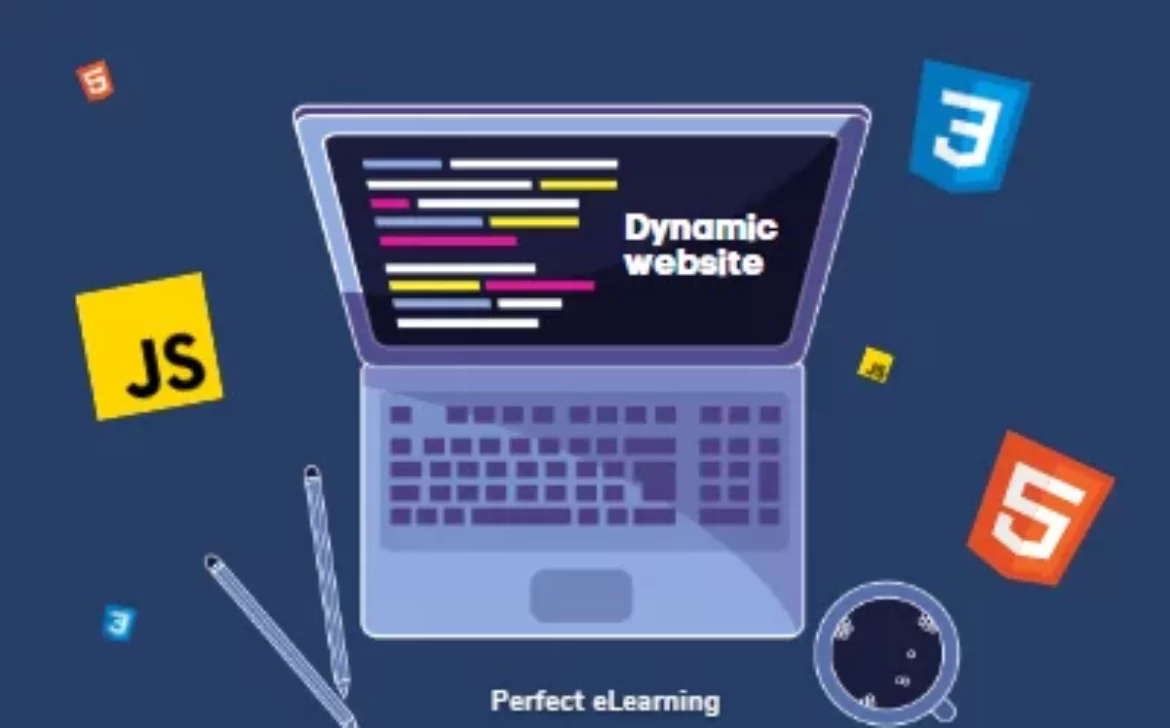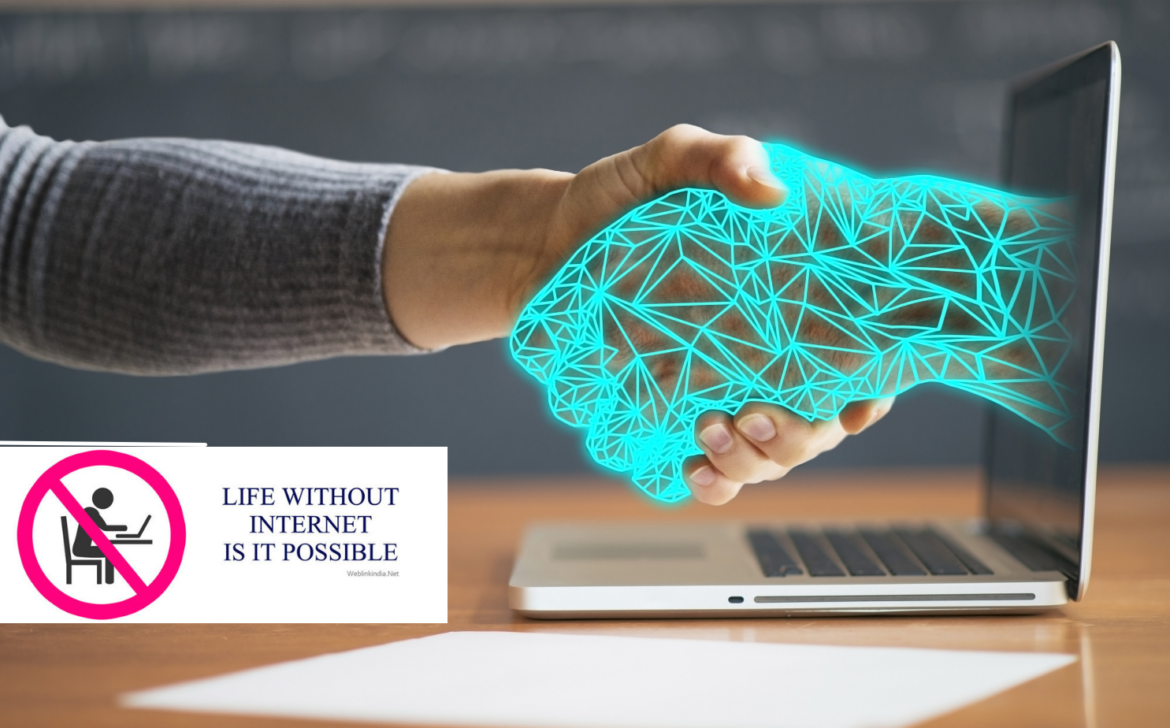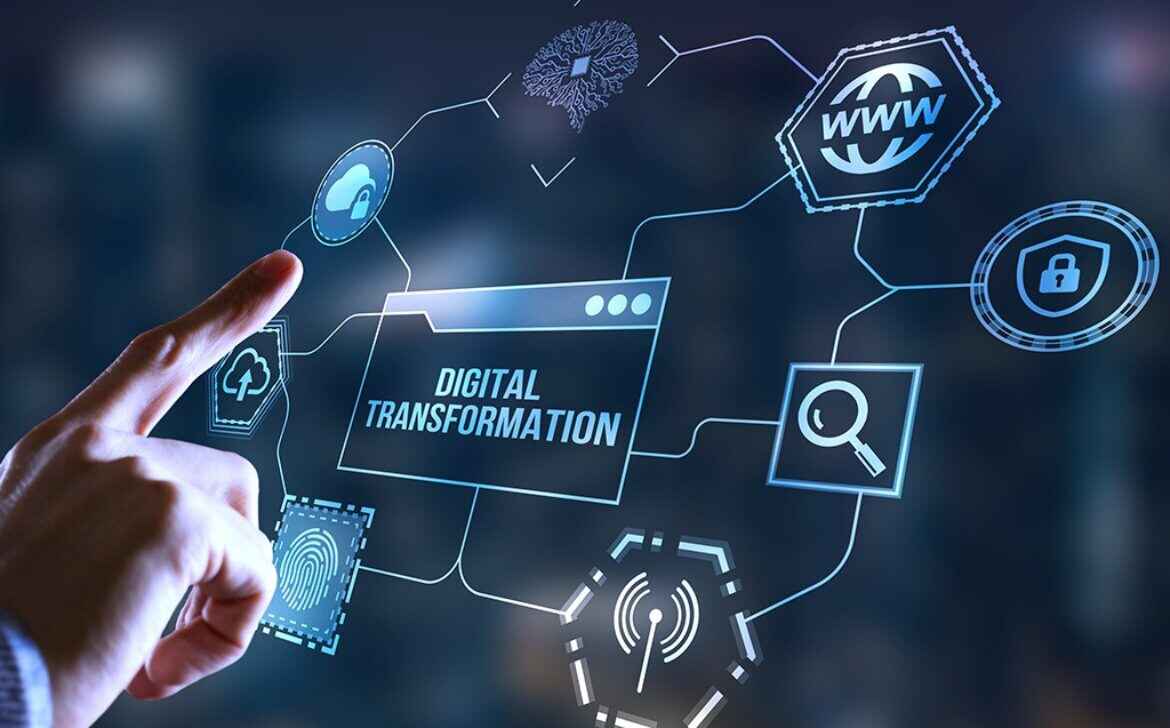The New Web: Exploring Web 3.0, Blockchain, AI, and More
Introduction:
Discover the Future: Unveiling the New Web Frontier
The New Web, also known as Web 3.0 or the Semantic Web, is reshaping the online landscape. In this blog, we delve into the New Web’s transformative technologies, including blockchain, AI, and immersive experiences, and their impact on user interactions. Join us on a journey to explore the exciting developments of the New Web era.
Chapter 1: Decentralization and Blockchain Technology
Unveiling the Power of Decentralization and Blockchain on the New Web
The New Web’s cornerstone is decentralization, powered by blockchain. Explore the potential of blockchain technology, enabling secure, transparent, and direct transactions through decentralized applications (DApps). Learn how this technology revolutionizes online interactions, fostering trust and eliminating intermediaries.
Chapter 2: Interoperability and Seamless Data Portability
Navigating the New Web: Embracing Interoperability and Data Portability
Interoperability is key to the New Web’s success. Delve into the world of protocols like Solid, enabling data portability across platforms. Learn how these protocols empower users with control over their data, fostering a seamless and connected online experience.
Chapter 3: AI-Driven Personalization: Shaping the New Web Experience
Unlocking the New Web: AI’s Role in Personalized Online Experiences
Artificial Intelligence (AI) is reshaping the online landscape through personalized experiences. Dive into the world of AI algorithms, discovering how they analyze user behavior to deliver tailored content and interactions. Explore the potential of AI in creating user-centric online environments.
Chapter 4: The Metaverse: Where Reality and Virtuality Converge
Immersive Adventures in the New Web’s Metaverse
The New Web introduces the metaverse, a blend of augmented reality (AR) and virtual reality (VR). Explore this new dimension, where users work, socialize, and play in interconnected digital spaces. Discover the potential of the metaverse to revolutionize online interactions.
Chapter 5: Privacy and Security in the New Web Era
Securing the New Web: Privacy and Data Protection Redefined
As privacy concerns grow, the New Web emphasizes enhanced security. Explore decentralized identity systems and advanced encryption methods that empower users to safeguard their personal information. Learn how the New Web prioritizes privacy to build user trust.
Chapter 6: NFTs and Digital Ownership Revolution
New Web, New Possibilities: NFTs and Digital Ownership
Non-fungible tokens (NFTs) are transforming digital ownership. Delve into the world of NFTs, from unique digital art to virtual real estate. Discover how NFTs empower creators and reshape economic models in the New Web landscape.
Conclusion:
Embrace the Future: The New Web’s Transformative Path Forward
The New Web is revolutionizing online experiences through blockchain, AI, immersive technologies, privacy enhancements, and NFTs. As this new era unfolds, adaptability is key for users, developers, and businesses. Join us in embracing the New Web’s potential as we navigate a more inclusive and interconnected digital future. Stay ahead in the ever-evolving tech landscape by exploring the endless possibilities of the New Web.










